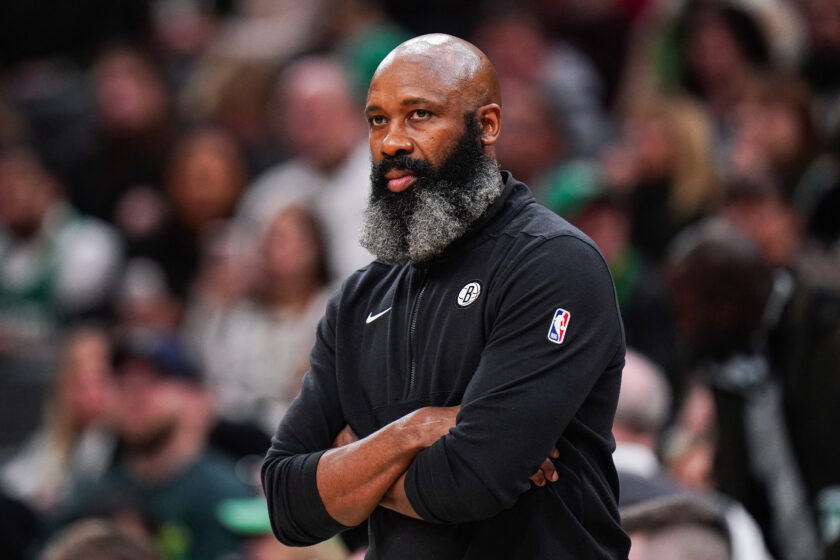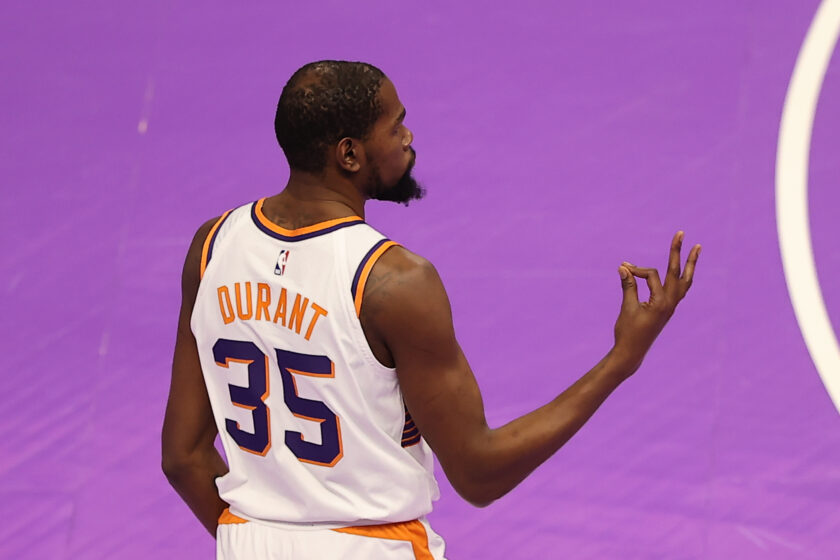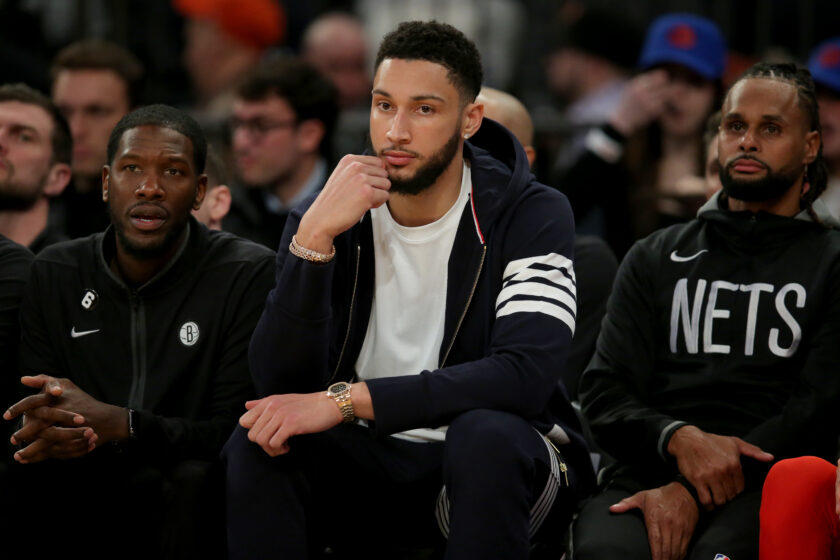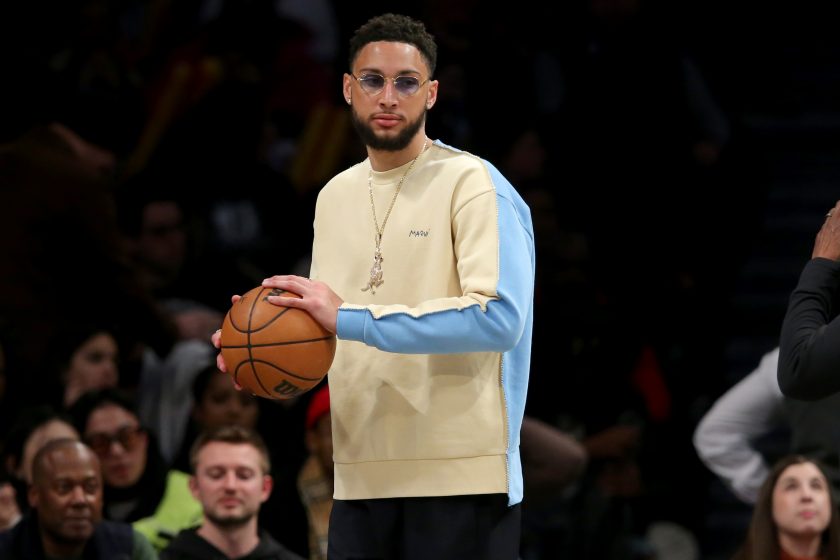Have the Nets laid the blueprint for minute restrictions?

As the Nets look to get healthy in time for the playoffs, will they be the new model for workload management?
This past Sunday saw the top-seeded Brooklyn Nets take down the Phoenix Suns, who entered the game as the second-best team in the Western Conference.
Sunday also marked the return of Kevin Durant, who had missed the previous week with a quad injury. Durant came off the bench and shined, scoring 33 points to help lift Brooklyn to a win.
This was the second time this season Durant came off the bench and looked like he didn’t miss a beat. Although Durant is a different type of basketball specimen, it asks the question if more teams should bring their stars off the bench when they have a minutes restriction.
The Durant Factor
Durant has come off the bench one other time this season after returning from injury. He has technically come off the bench three times but the other time was due to COVID protocols. In both instances where he returned from injury, he wasn’t inserted into the game until midway through the second quarter.
The other game in which Durant came off the bench was a few weeks ago against the Pelicans. It was his first game back in almost two months after dealing with a hamstring strain. Nets head coach Steve Nash’s rationale for bringing Durant off the bench was to more easily control his minutes if the game was close down the stretch.
Brooklyn however, turned the game into a rout in the second half so Durant’s services weren’t needed as much.
If you think about it, though, Nash’s reasoning makes perfect sense. The Phoenix game was a perfect example of the game plan working to perfection as Durant’s services were much more needed in the second half versus a very good Suns team. Durant, who ended up playing 28 minutes, scored 14 of his 33 points in the fourth quarter.
Does this happen anywhere else?
In soccer, some clubs will have their star players come off the bench when they first return from injury so as to have their best guy available when the game matters most as opposed to burning through their restrictions in the first half.
A prime example of this can be seen in the Nets-Clippers game from a few months ago where Clippers star Paul George was pulled off the court down the stretch due to him reaching his quota. The Clippers would go on to lose that game and perhaps the result may have been different if George was on the floor.
George, who was returning from a recent toe injury even said during the post-game interview “I wanted to keep going…I’m healthy and I feel good”.
Perhaps Nash, seeing how the minute restriction hampered the Clippers during that February matchup learned from that situation — or maybe — being an avid soccer fan in his own right, drew inspiration from said soccer clubs.
Just recently the Lakers’ Anthony Davis returned to the lineup for the first time since February. Davis had missed the team’s last 30 games as he dealt with a calf injury and heel issues. For comparison, Kevin Durant missed 23 games before his return against the Pelicans. As expected Davis was on a minutes restriction.
However, in Davis’ case, he started the game against the Mavericks. Davis, who was on a 15-minute restriction, played 17 minutes in the game (all in the first half) scoring four points on 2-10 shooting. The eight-time All-Star looked rusty in his first appearance in over two months which is understandable. The very next game his minute restriction was increased to 25 — he wound up playing 28 and scoring 17 points.
Both games Davis started and both games resulted in losses. Now obviously Davis getting back into game shape for the playoffs is more important than two regular-season losses however it’s interesting to note Davis’ best stretch in his second game back came in the second quarter where he scored 10 of his 17 points.
Every situation is different
Obviously, every injury is different and minute restrictions vary according to each training staff, but with teams now being overly cautious with their stars, it might be good for coaches going forward to have them come off the bench if they have a minute restriction.
This could be done primarily in the second quarter or toward the end of the first when most team’s second units are on the floor. This allows the star to get into a rhythm offensively against some weaker defenders and also allows for more flexibility if in fact they are needed late in the game.
Stars shine come crunch time and it’s better to have your superstar in your back pocket when you need them than have to take him out and hope your team hangs on.
Justin Thomas is a graduate of Temple University. While there, he was an on-air sports talk host for W.H.I.P as well as sports reporter for the Temple yearbook. Over the past few years, Justin has written for a few publications including Sports Illustrated. On top of writing for ESNY, Justin is also a Senior Writer for NetsRepublic.com and has had work featured on Bleacher Report.






